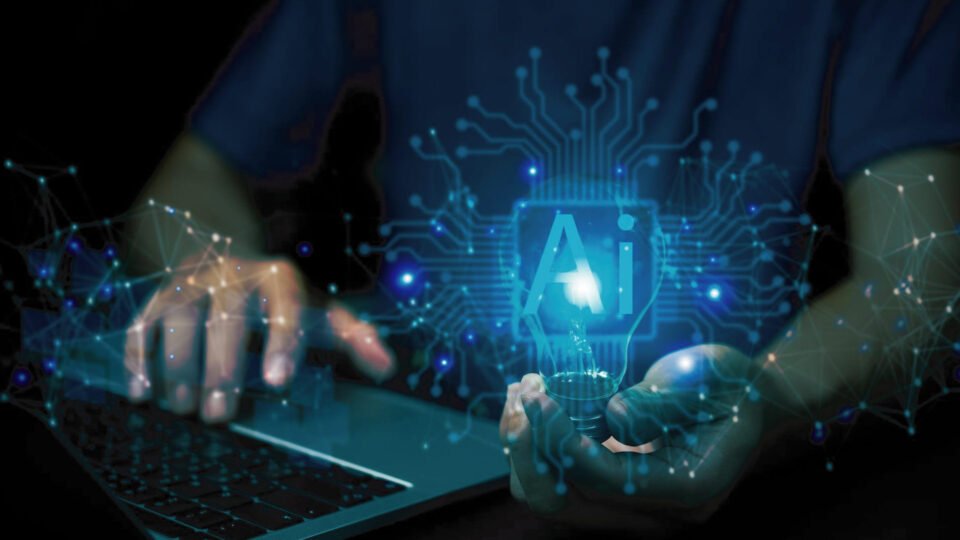AI algorithmic bias is everywhere, and numerous organizations are finding it difficult to make important decisions because of the limited data resources.
Table of contents
1. Key Technologies in Addressing Algorithmic Biases
1.2. Unsupervised Learning Techniques
1.3. Machine Learning and Deep Learning
2. Overcoming Challenges in AIOps Algorithmic Biases
2.1. Insufficient Or Low-Quality Data
2.2. Overestimating Your AI System
3. Examples of Algorithmic Biases
3.1. Bias in Word Associations
3.2. Bias in Facial Recognition Technology
Introduction
The business world is increasingly turning to artificial intelligence (AI) systems and machine learning (ML) algorithms to automate complex and simple decision-making processes. Thus, to break through the paradigm in the field of IT operations, IT professionals and top managers started opting for AIOps platforms, tools, and software, as they promised to streamline, optimize, and automate numerous tasks quickly and efficiently. However, there are a few shortcomings, like algorithmic bias, that have been a major concern for IT professionals and other employees in the company.
1. Key Technologies in Addressing Algorithmic Biases
With the use of cutting-edge AIOps technologies, IT professionals can understand and explore the algorithmic biases in the system. Thus, here are a few key technologies that will help you detect such issues:
1.1. Time Series Analysis
When having abundant data, time series analysis emerges as a crucial tool in AIOps as it records data over time by tracking users’ behavior, network activity, and system performance. Algorithms should represent temporal dependencies, trends, and seasonality to detect biases effectively. AIOps uses a time series analysis method that includes autoregressive models, moving averages, and recurrent neural networks to examine the time-stamped data for deviation and identify abnormalities quickly.
1.2. Unsupervised Learning Techniques
Unsurprised learning is an essential component of AIOps for detecting algorithm biases and unwanted labeled data, which is necessary for traditional supervised learning but with limited knowledge. To discover issues, techniques like clustering and dimensionality reduction are crucial in revealing hidden structures within data.
1.3. Machine Learning and Deep Learning
The use of ML and deep learning techniques helps in regulating the different established standards, which enables the AIOps system to learn patterns and relationships from complicated and massive data and also enables it to detect analogous biases.
2. Overcoming Challenges in AIOps Algorithmic Biases
2.1. Insufficient Or Low-Quality Data
AI system functions are being trained with a set of relevant data topics that need to be tacked properly. However, IT professionals often struggle to fill their algorithms with the right quality or necessary data, either because they don’t have access to it or because the quantity doesn’t exist. This imbalance can lead to discrepant or even biased results when operating your AI system.
Solution: This situation can be prevented if you make sure to use high-quality or representative data that will help kickstart your AI journey with a simpler algorithm and control bias and modification accordingly.
2.2. Overestimating Your AI System
The technological advancement that we have witnessed has made us believe that technology can do no wrong. However, AI technology relies on data, and if it is incorrect it will make biased decisions. Thus, overestimating the AI system can be challenging and rather complex, especially when formulating a set of data that we can import into a system.
Solution: Here, the role of AI explainability is crucial to successfully transiting the data into a machine learning platform by breaking down the algorithm and training the users on making transparent decisions that help prevent faulty operations.
3. Examples of Algorithmic Biases
Algorithmic bias can manifest itself in several ways and varies with the degree of consequence for the subject group. Let’s look at the following examples, which give us an idea of the range of causes and how they affected society or groups:
3.1. Bias in Word Associations
Princeton University researchers used shelf-machine learning AI software to analyze and link 2.2 million words. The researchers found that European names were perceived as more pleasant words than African-American words. Apart from that, the words “woman” and “girl” are associated with the arts instead of science and math, which are likely connected to males. Thus, analyzing these words associated with the training data, the ML algorithm picked up racial and gender biases that humans conducted. To address the issue, Princeton University researchers erased the data and rearranged the data to create an unbiased algorithm.
3.2. Bias in Facial Recognition Technology
MIT researcher Joy Buolamwini discovered that the algorithm powering three commercial facial recognition software systems failed to recognize darker skin complexions. According to Buolamwini’s research, initially, the product error rate for three products was one percent overall; however, it increased to 20 percent in one product and 34 percent in the other two when identifying darker-skinned women as females. In response, the researcher found that both IBM and Microsoft committed to improving the accuracy of the facial recognition software, especially for darker-skinned individuals.
Conclusion
While not all scenarios involving algorithmic bias are concerning, they can have major negative effects when the stakes are high. We have seen that algorithmic prejudice poses a severe threat to human privacy, with lives, livelihoods, and reputations at stake, as well as concerns about data integrity, consent, and security. Integrated AIOps ensure that IT professionals and managers avoid bias and unfairness in their AI and ML models by considering any subjective elements associated with people, locations, products, etc. in their training data and models.
Visit AITechPark for cutting-edge Tech Trends around AI, ML, Cybersecurity, along with AITech News, and timely updates from industry professionals!


